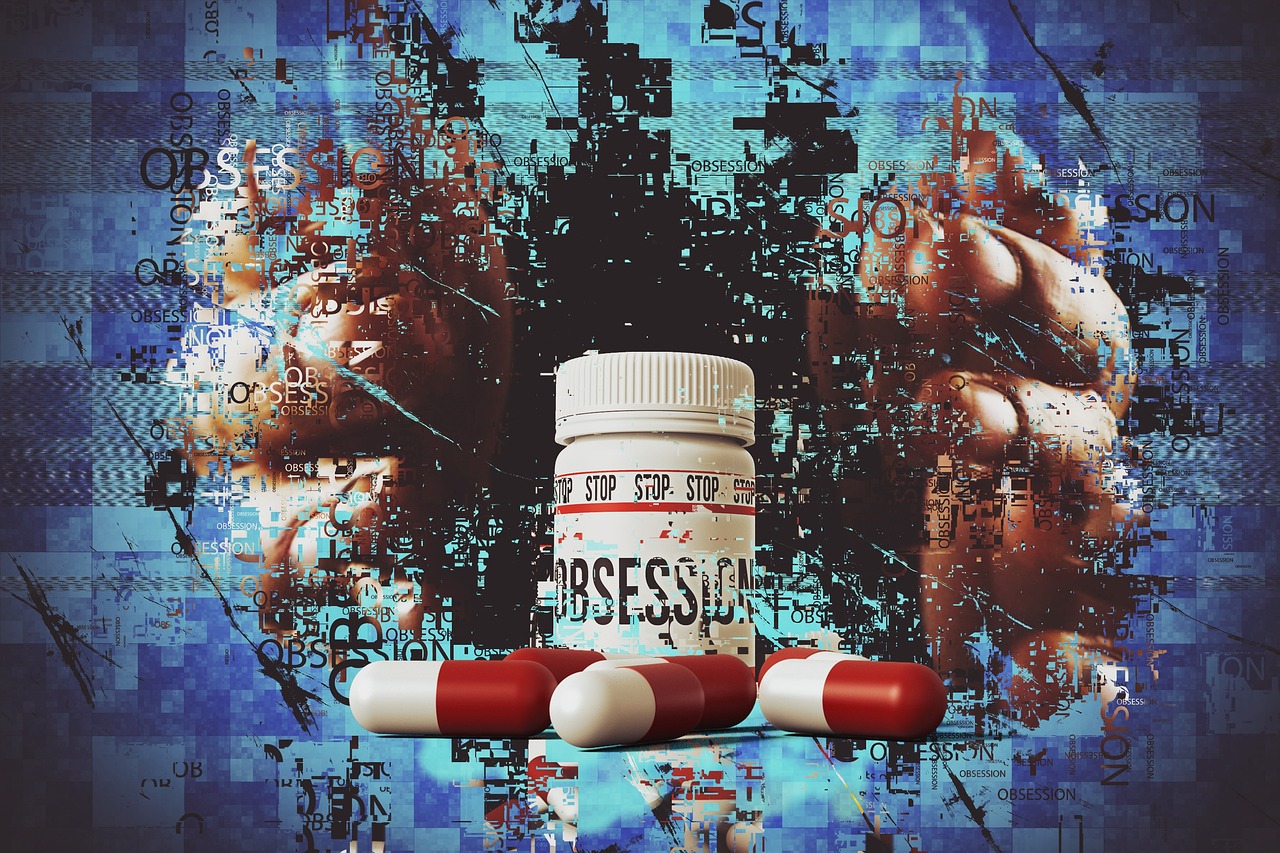Understanding Alcoholic Eyes and Their Symptoms
Drinking alcohol might affect your eyesight, among other things. Knowing the symptoms of the eyes can be beneficial for those with alcohol use disorders to determine the consequences of binge drinking. This comprehensive guide will review the signs, how drinking impairs vision, and the symptoms to look out for.
What Are Alcoholic Eyes?
The term “alcoholic eyes” indicates a distinctive look of the eyes that frequently comes on by long-term alcohol consumption. These are not only visual alterations; they may also be a sign of more severe health problems associated with drinking. Knowing what signs of eyes appear like might provide crucial information about a person’s drinking patterns and general health.
What Factor Play Role In Eye Toxification?
An excess of alcohol can lead to intoxication. The amount of alcohol required to develop intoxication might differ significantly from person to person depending on:
- Person body size
- Alcohol type
- Dehydration level
- lethargy
- Carbonated beverage intake
- Gender
- Number of meals they consume
- Medication or other drugs
- Mood swings
- Tolerance level
How Does Alcohol Affect a Person’s Vision?
Drinking alcohol affects vision in several ways, changing the way the eyes look and operate. The following are some of the effects of heavy drinking on the eyes, including long-term symptoms. Excessive drinking could:
- Increased retinal degeneration associated with aging
- Raise the prevalence of diabetic retinopathy despite conflicting data
- Related to central retinal vein occlusion
- Enhance the chance of developing central serous chorioretinopathy
- Cause dietary optic neuropathy
- Red eyes after alcohol (redness and irritation)
- Having a connection to glaucoma, despite contradicting data
- Raise the chance of cataracts due to aging
- These connections might factor in several potential issues or consequences for the eyes.
Does Drinking Cause Bloodshot Eyes?
Yes, bloodshot eyes can result from alcohol use. Alcohol dehydrates the body, which makes the inflamed blood vessels in the eyes more noticeable. Although this impact is generally transient, consuming too much alcohol might make it worse.
Drinking in moderation is defined by the National Institute on Alcohol Abuse and Alcoholism (NIAAA) as having no more than two drinks for men and one drink for women each day.
How To Prevent Getting Alcoholic Eyes
You may be suffering from Alcohol Use Disorder (AUD) and would like to prevent these vision issues. If so, you should get advice from professionals. An effective alcohol addiction treatment program can provide you with the encouragement and guidance you need to conquer your AUD.
The following elements will be part of the program:
Assessment
You will meet with the medical staff before beginning the recovery program. The physician will be asking many questions throughout this meeting. These will be related to your drinking history, including the length of time and volume of alcohol you have consumed.
Your medical and mental health histories will also be examined. They can determine if you have a mild, moderate, or severe case of AUD based on the information you provide. This might direct the detox procedures and aid in their estimation of the duration of your detox.
Medical Detox
If you suffer from moderate to severe AUD, there are some hazards related to alcohol detoxification. This is why it is never recommended for someone to try detox on their own without medical supervision.
The body will remove alcohol from its system over four to five days during detox. Days 3–4 are when symptoms peak before starting to lessen. When medication is required to reduce the discomfort of the withdrawal symptoms, the detox team will provide it.
Therapy
After detox, you’ll be stable enough to participate in therapy. The main goal of your treatment will be to use various forms of therapy that can help you change your behavior problems as needed.
To achieve this, evidence-based treatments that have been investigated and proven to be effective are used. These treatments consist of Motivational Enhancement Therapy (MET), CM (Contingency Management), DBT (Dialectical Behavior Therapy), and CBT (Cognitive Behavioral Therapy)
Holistic Treatment
There is a strong correlation between mental and physical wellness. In treatment, you will learn relaxation techniques, which will improve your ability to handle stress. You are free to employ these techniques during your rehabilitation since stress might lead to a relapse.
Art therapy, drawing, yoga, mindfulness training, stretching, and breathing practice are some examples of holistic therapeutic techniques.
Alcoholic eyes are an indication that you or a loved one needs to get treatment for AUD. The sooner alcoholism is treated, the faster the damage to the eyes will be repaired.
Conclusion
For anybody worried about the impact of alcohol on their health, they must identify and comprehend the signs. By being aware of symptoms like bloodshot, red, and dilated pupils, as well as impaired vision, people may address their drinking habits and proactively maintain their general health.
The holistic approach to treatment is at the core of the HoZ therapy program. Restoring wellbeing is possible via this mind-body-spirit connection. Get treatment immediately to reduce the risk of developing alcoholic pupils. For any inquiries regarding the program, kindly contact us.






